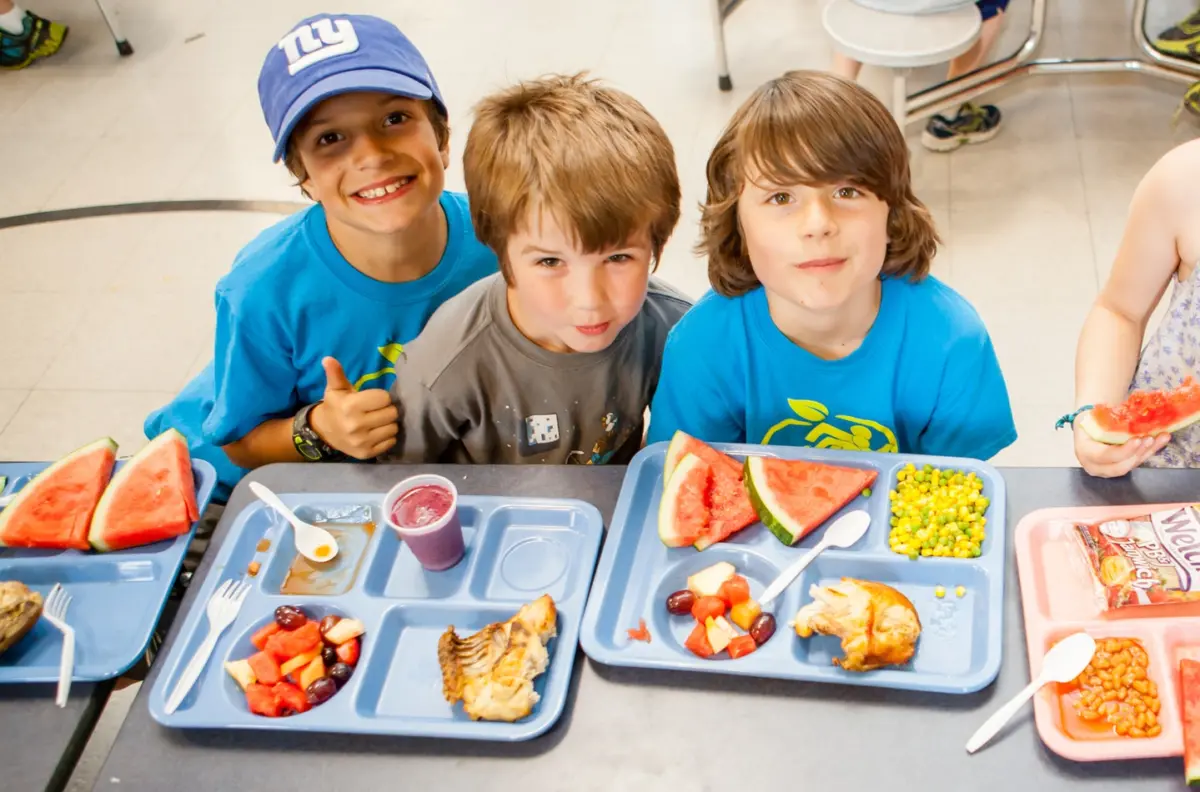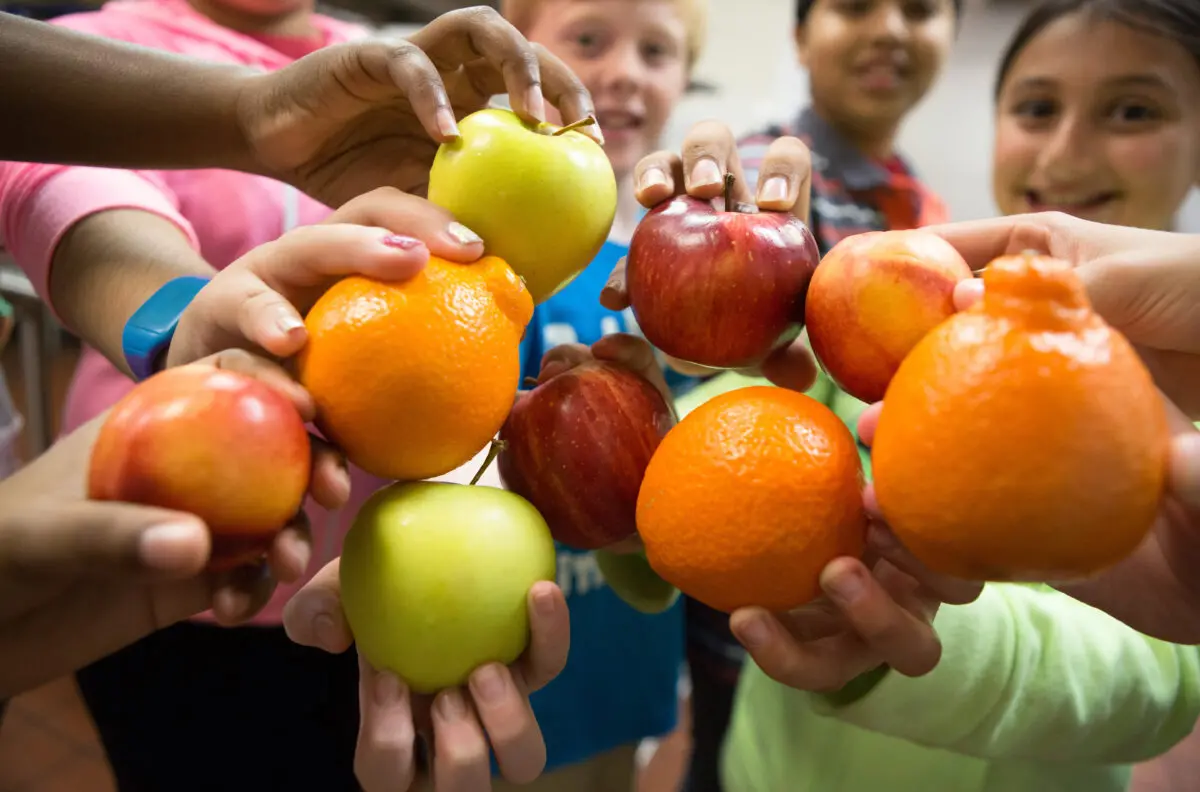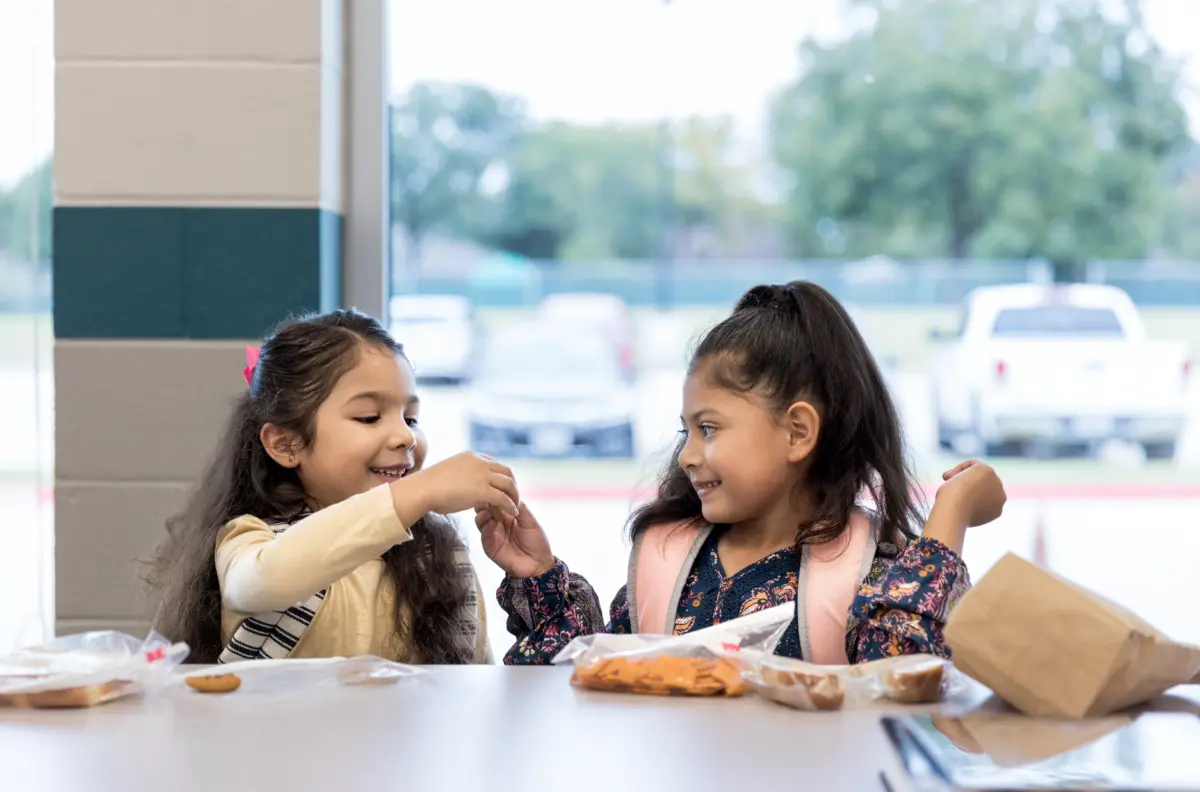Response from Milwaukee Public School District
In response to the pandemic, the Milwaukee Public School District in Milwaukee, Wisconsin, where Lee’s family lives, developed “Stop, Grab & Go” locations where families can pick up school meals. Breakfast and lunch are free for all students and children under the age of 18.
There are stories like this from just about every city and town across America. That’s because the foods that schools provide through their meals programs really matter to kids and families. They matter because they help kids eat a balanced and healthy diet. They introduce kids to a variety of fruits, vegetables and dishes that they may otherwise not have the opportunity to try.
Research by the U.S. Department of Agriculture, which oversees the nation’s school breakfast and lunch programs, shows that school meals are significantly more healthy thanks to updated nutrition standards that were put in place nearly a decade ago. USDA also found that student participation in meal programs is highest in schools that serve the healthiest meals. Another study links healthier school meals with a significant drop in risk for obesity for children growing up in families with low incomes, finding the obesity rate was 47 percent lower among these children than it would have been without the updated nutrition standards. Researchers estimated this translated to roughly 500,000 fewer cases of obesity in 2018.
School breakfasts and lunches also play a critical role in preventing children from experiencing hunger. These meals are a primary source of nutrients for tens of millions of kids–about 51% of students nationwide qualify for free or reduced-price school meals because they live in poverty or near-poverty.
Before COVID-19, when schools were physically open, nearly 30 million children participated in the National School Lunch Program and nearly 15 million participated in the School Breakfast Program. While schools in many states remain closed, food service staff have responded to ensure children and families in need have enough food.
For Anntesha Chesterton, who takes care of both her biological children and her adopted niece and nephews in Las Vegas, Nevada, both school meals and SNAP have been invaluable resources to help feed her family during the pandemic.


